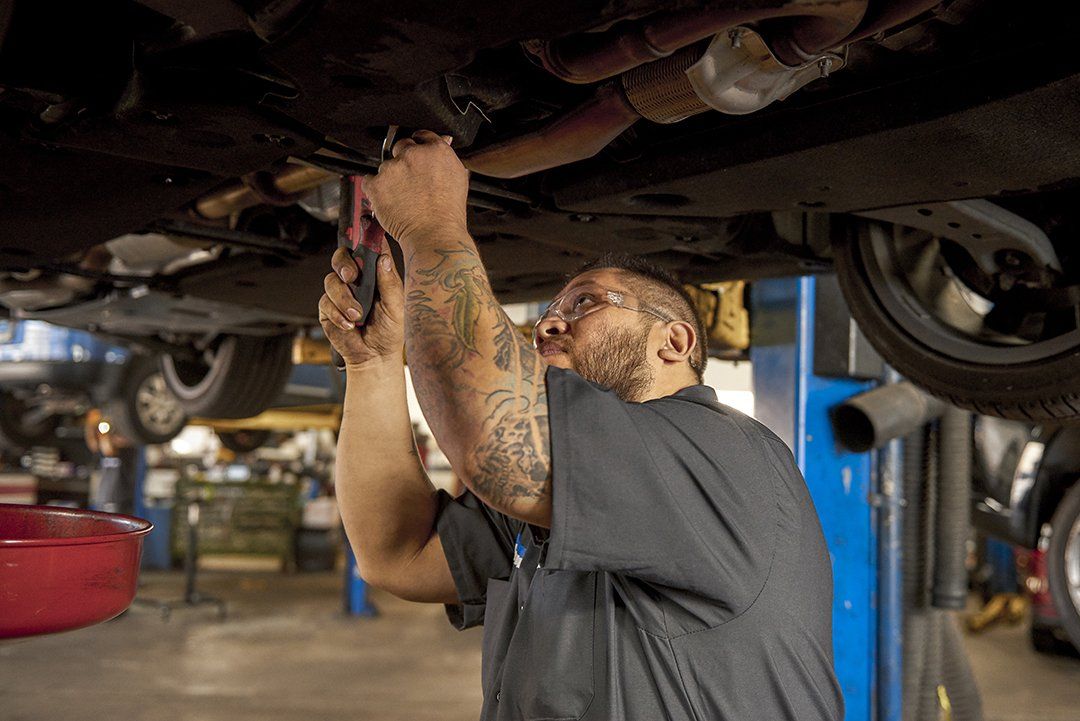Manual transmission systems, also recognized as hands-on transmissions or stick changes, require drivers to by hand pick equipments making use of an equipment stick and run a clutch pedal. This setup gives direct control over the automobile's power and speed, permitting a much more involved driving experience. The core elements of a manual transmission consist of equipments, shafts, and synchronizers, which collaborate to transmit engine power to the wheels successfully.
In a regular manual transmission, the motorist makes use of the clutch pedal to disengage the engine from the transmission, selects the preferred gear making use of the gear stick, and afterwards releases the clutch to re-engage the engine with the new gear proportion. This process allows for exact control over the car's performance, enabling chauffeurs to maximize power distribution for various driving problems. The direct mechanical link in hands-on transmissions frequently causes far better fuel efficiency and a more connected feeling in between the driver and the vehicle.

The drivetrain in automobiles with hand-operated transmissions includes several vital elements:
•Clutch: Engages and disengages the engine from the transmission to enable gear modifications.
•Transmission: Contains a set of gears that can be chosen to change the vehicle's rate and torque.
•Driveshaft: Sends power from the transmission to the differential.
•Differential: Distributes power to the drive wheels while permitting them to rotate at different rates, especially during turns.

Understanding these components is vital for correct car upkeep and operation, ensuring a smooth and responsive driving experience.
Check for more info at Logan Square Auto Repair - Automatic/Manual Transmission Systems Facebook Youtube Instagram
Navigation
Latest Posts
Heartland Chevrolet INC
Understanding Handbook Transmission Equipments and Their Drive Elements
Resilient Protection with Rhino Linings at Williston Chevy